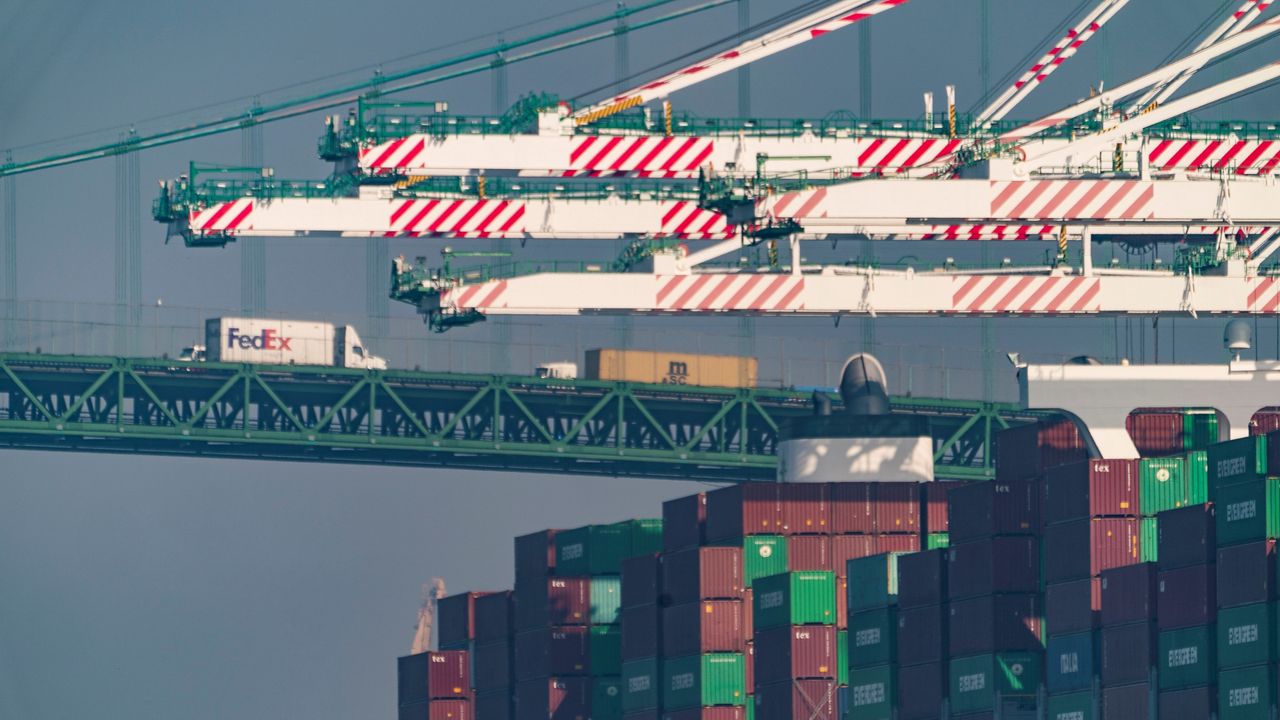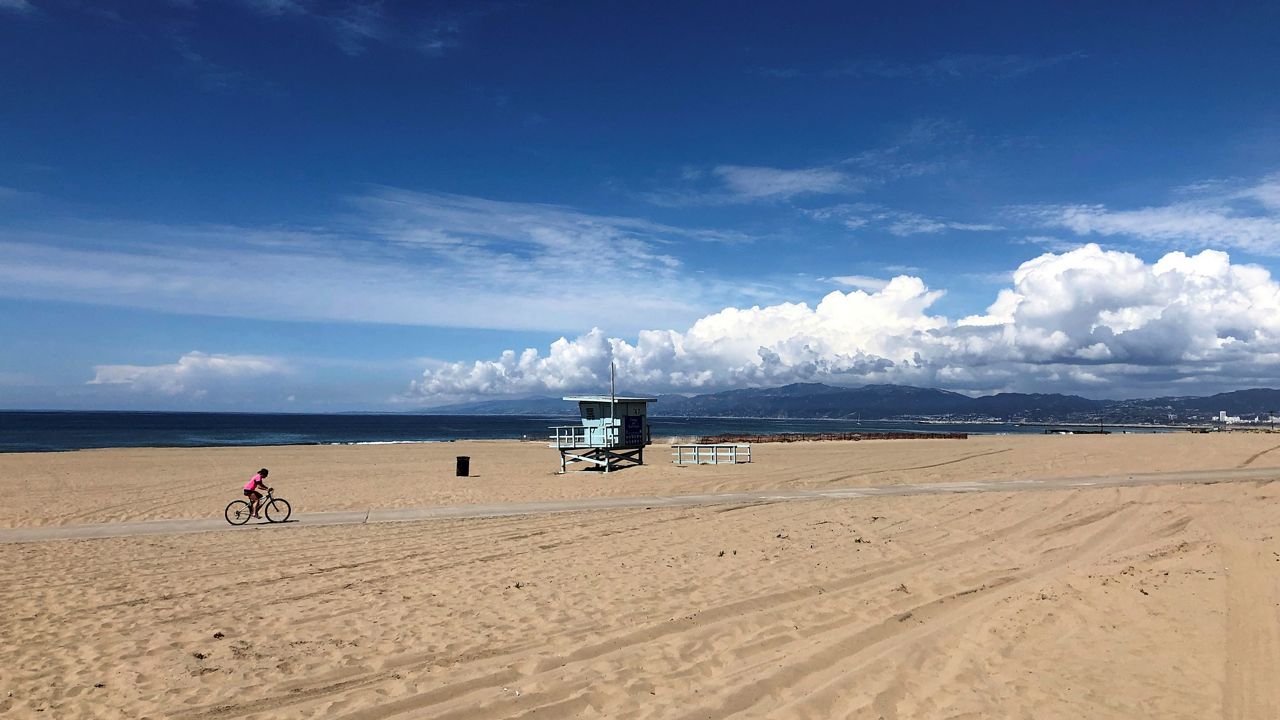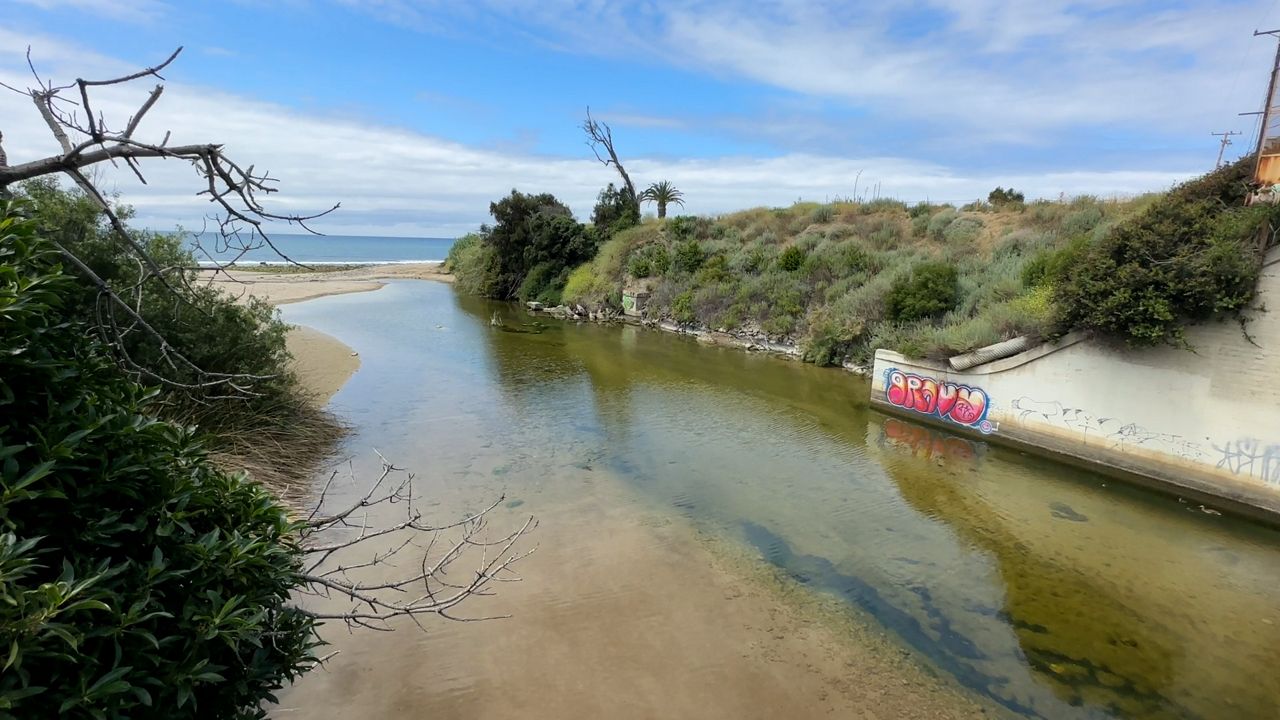Sanitation officials with the Hyperion Water Reclamation Plant weighed in on the July 11 sewage spill.
Five things you need to know:
- According to officials, 100% of the 260 million of gallons per day (MGD) of flow is treated in Hyperion's secondary-treatment process. Approximately 35 MGD of the secondary treated effluent is sent to West Basin’s Edward C. Little Water Recycling Plant in El Segundo for advanced treatment and reuse. The remaining 225 MGD of highly-treated effluent is discharged through the 5-Mile Outfall, a 12-foot diameter pipe terminating approximately five miles out at a depth of approximately 187 feet below the ocean surface. The treatment efficiency in terms of water quality is lower because of damage to process equipment. Upon restoration of plant processes to normal conditions, Hyperion expects to return to its exemplary compliance record with effluent discharge limits in the near future. The latest comprehensive updates are available here.
- There is no raw sewage being released into the ocean. The latest water quality updates are available here.
- LA Sanitation asked a phytoplankton expert at the Southern California Coastal Water Research Project to examine water samples under the microscope for harmful algae and other phytoplankton. The results indicated that the organisms present were consistent with what is typically found here and that the biomass (abundance) was standard for the summertime. It appears that, based on bacteriological results and phytoplankton analysis, there were no discernible short-term effects on the organisms in the bay. For longer-term impacts, Hyperion officials are conducting benthic sampling — samples for invertebrate organisms that live in the sediments of Santa Monica Bay — to determine any adverse impacts to these communities.
- Other than the July 11 incident, there is no spilled sewage. Wastewater from the July 11 flooding of the plant was captured and returned to plant processes for treatment.
- Hyperion officials also tested water samples collected at and near the 1-Mile Outfall on July 12 and July 19 on giant kelp spores to determine any adverse effects on this algal species. All the tests passed, indicating no ill effects on these organisms, which are considered to be the most sensitive species for toxicity testing.










)
